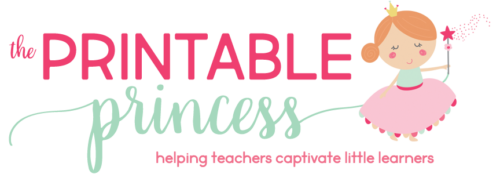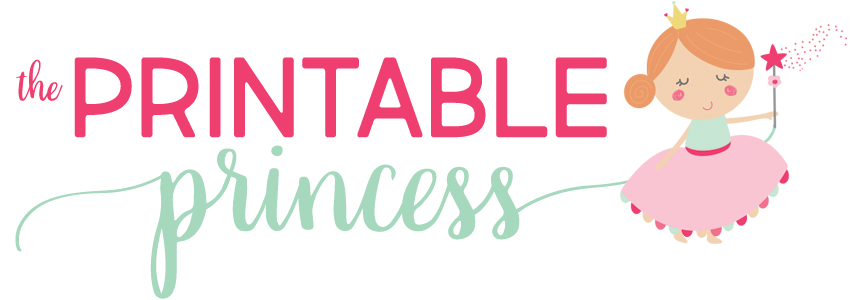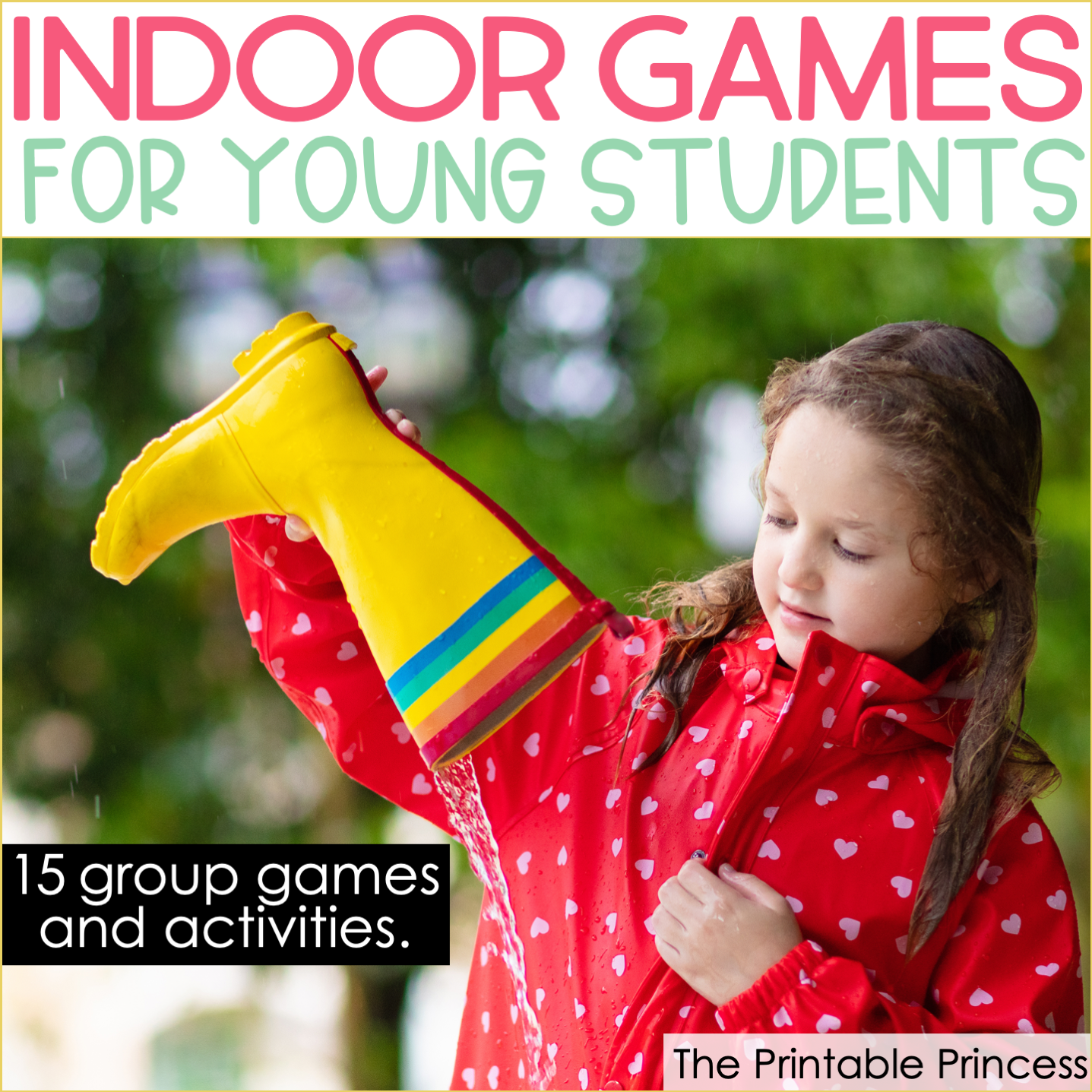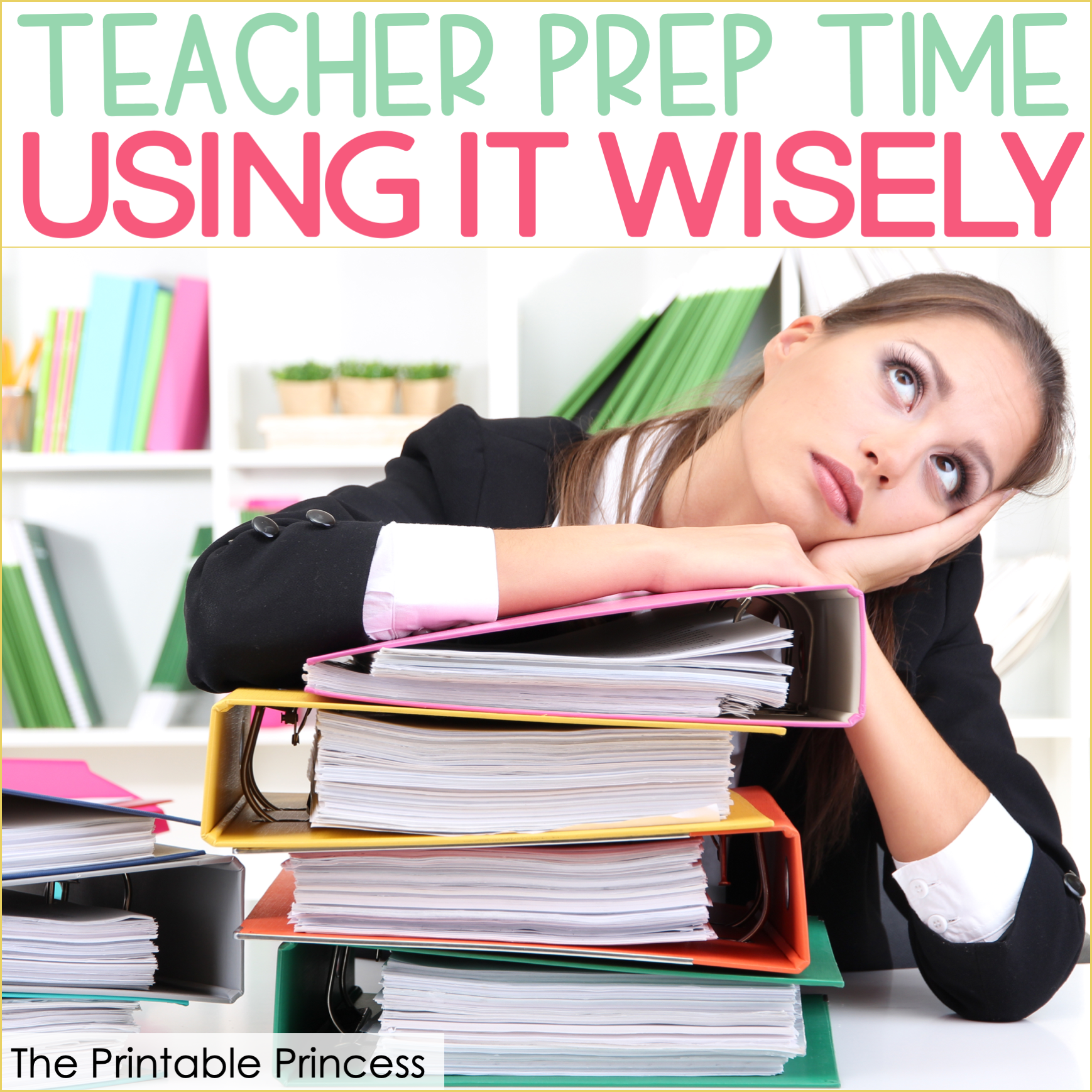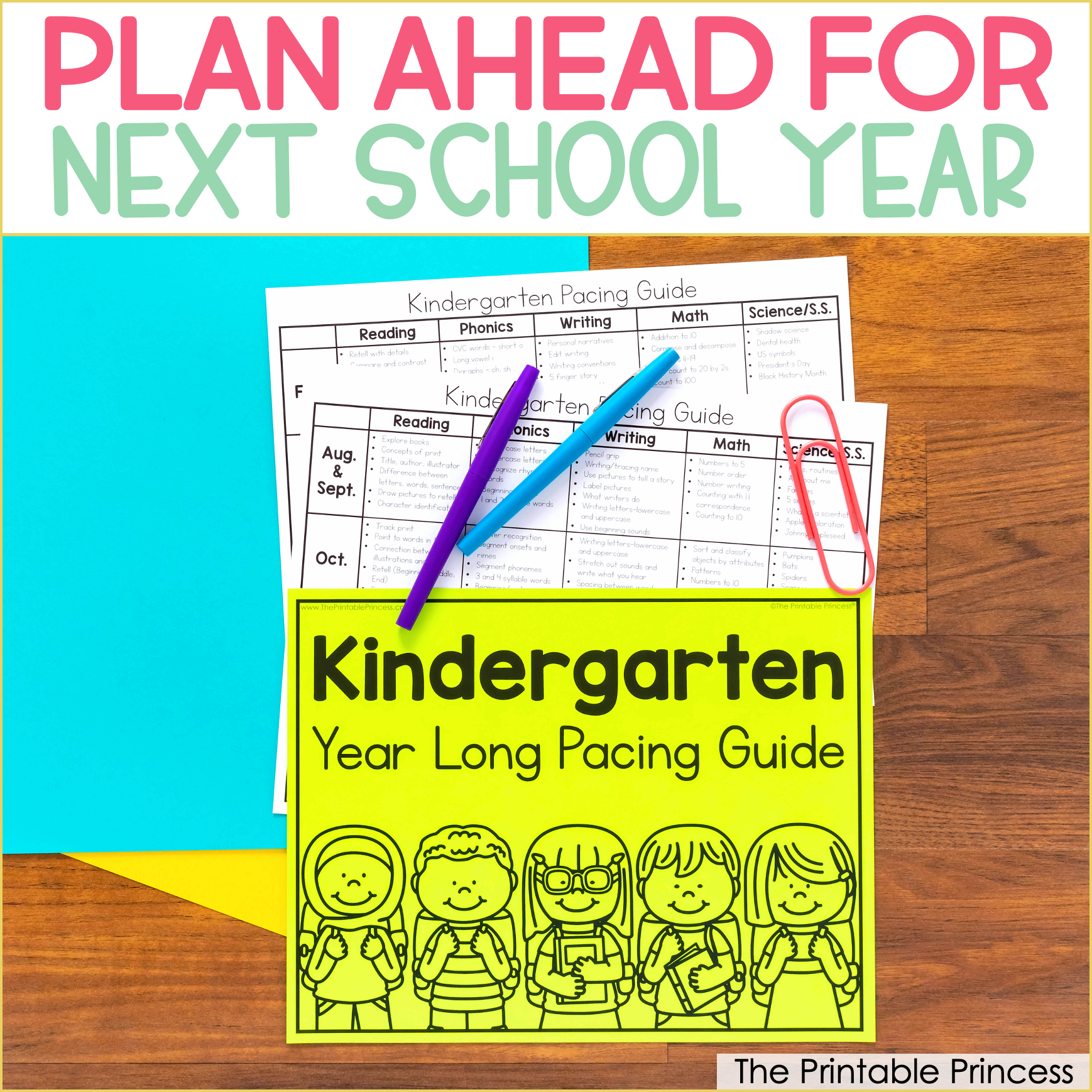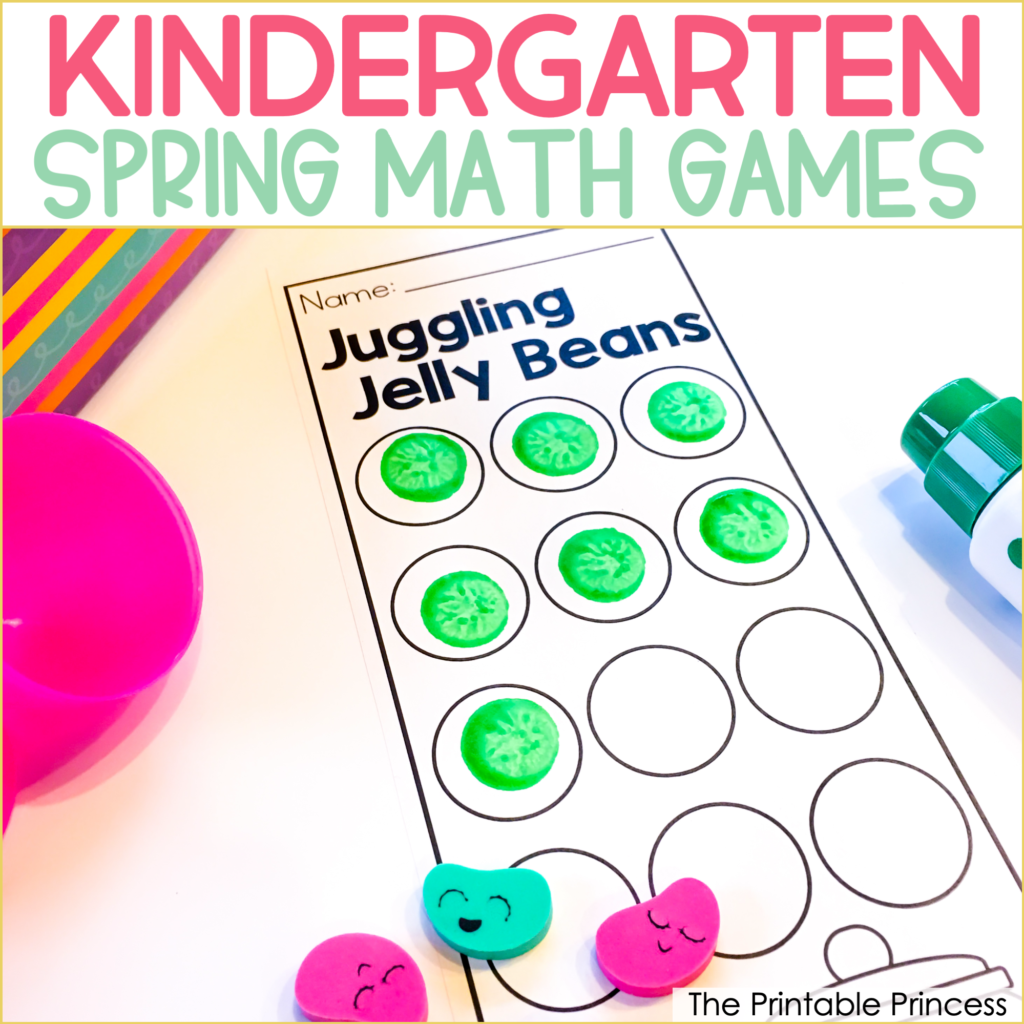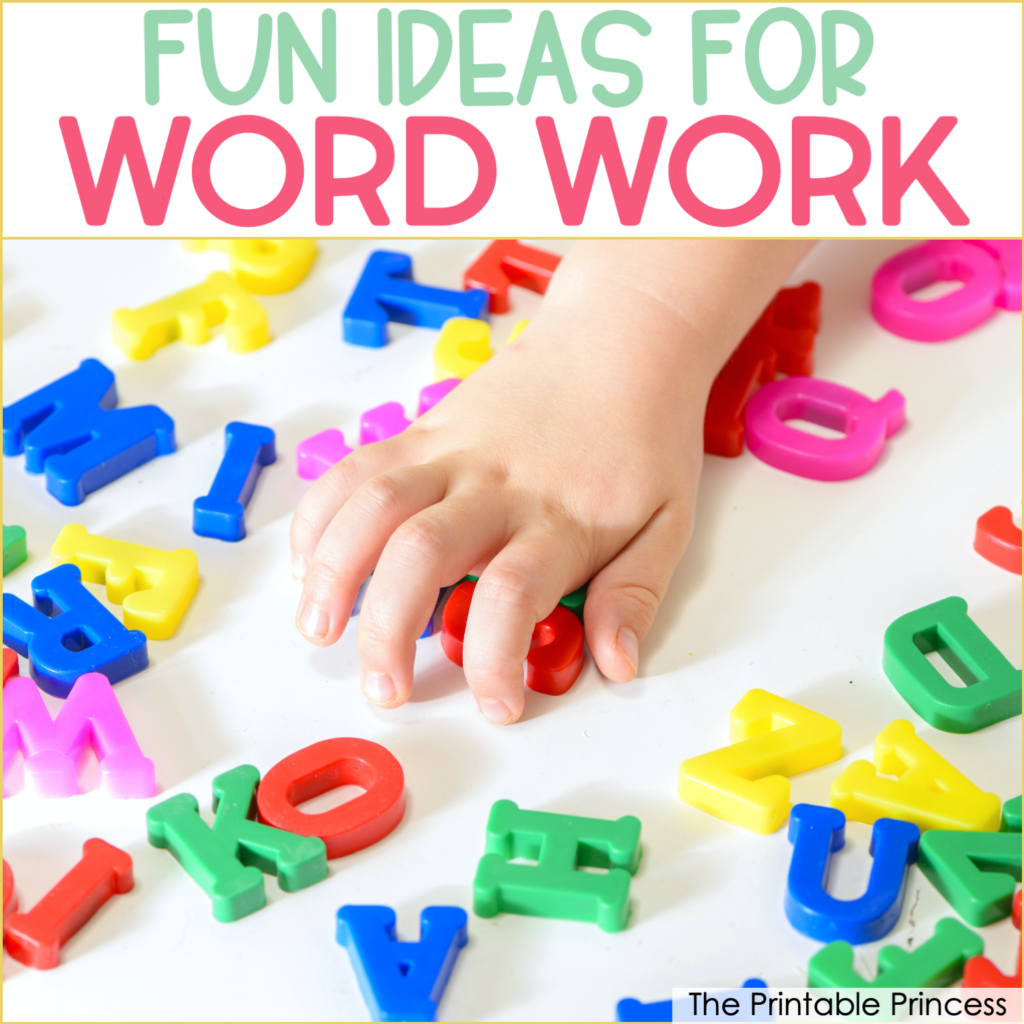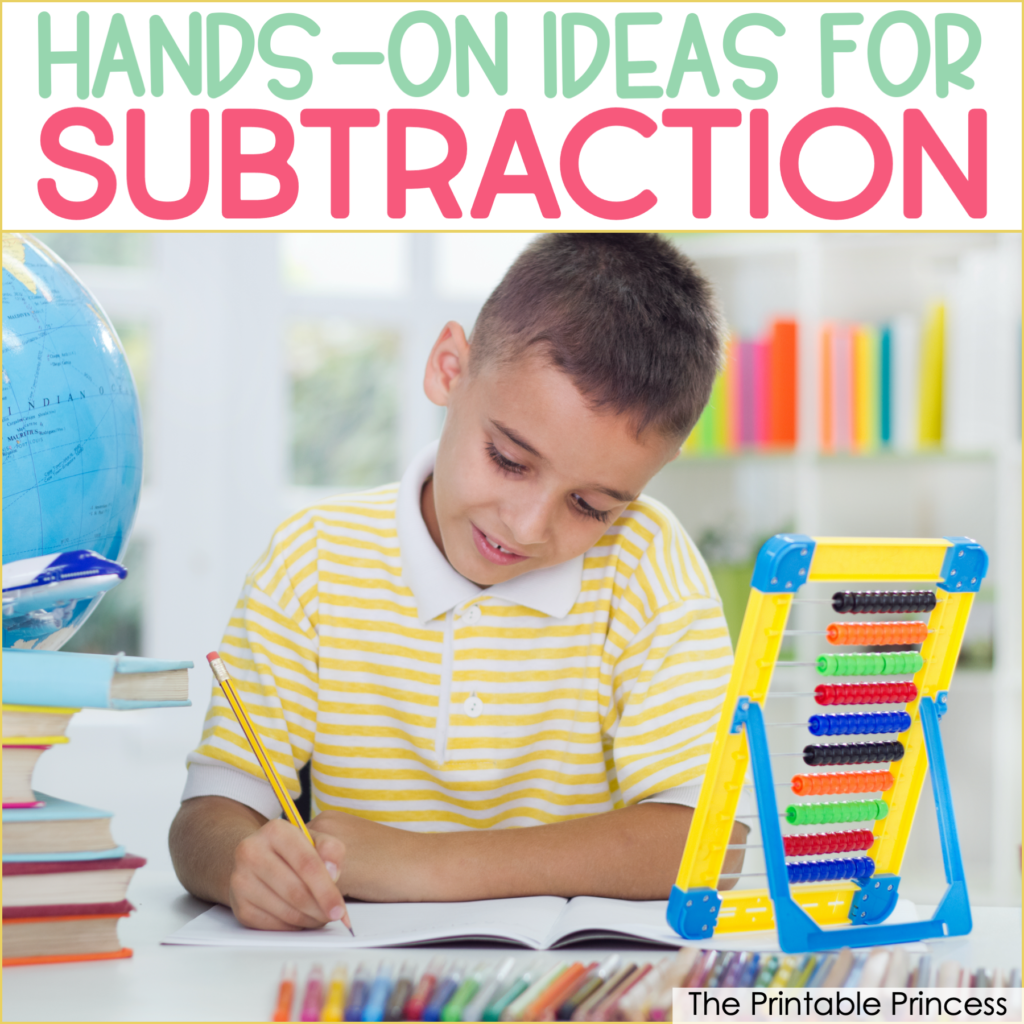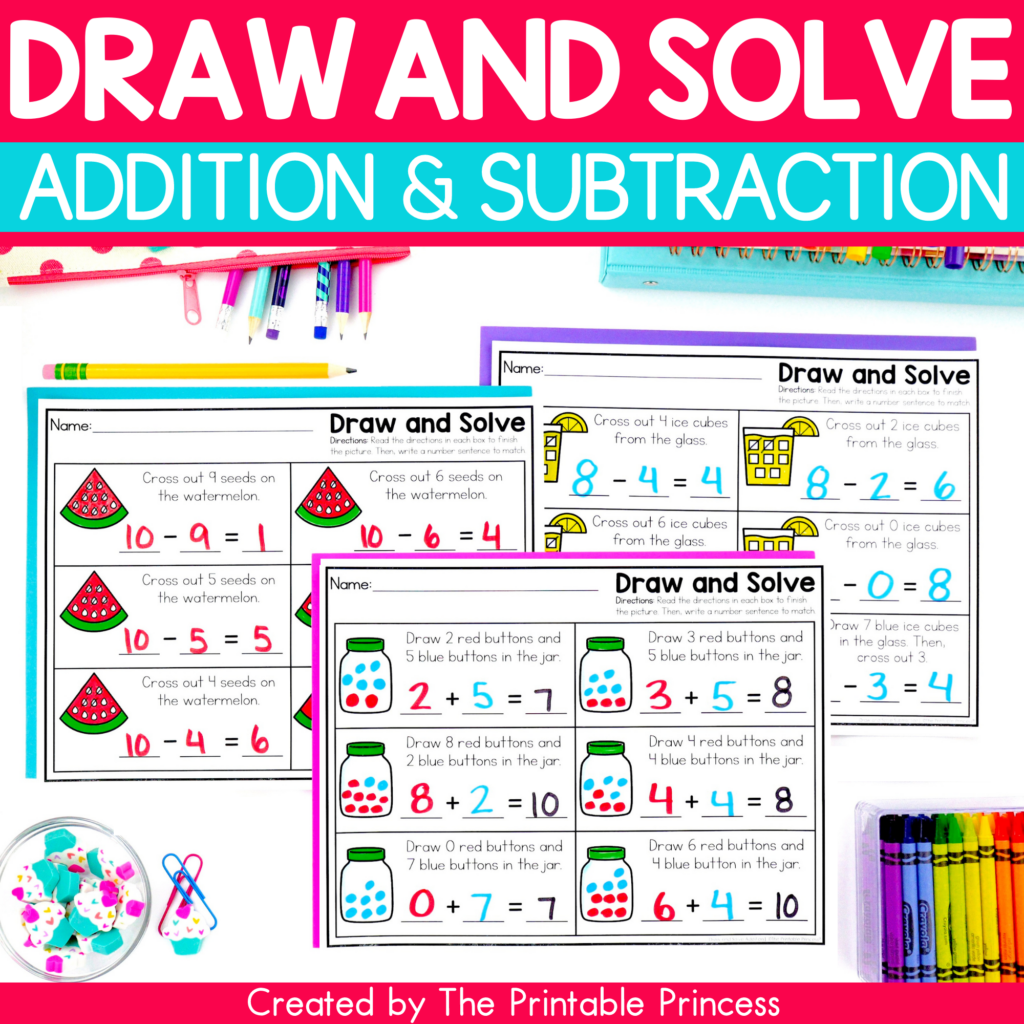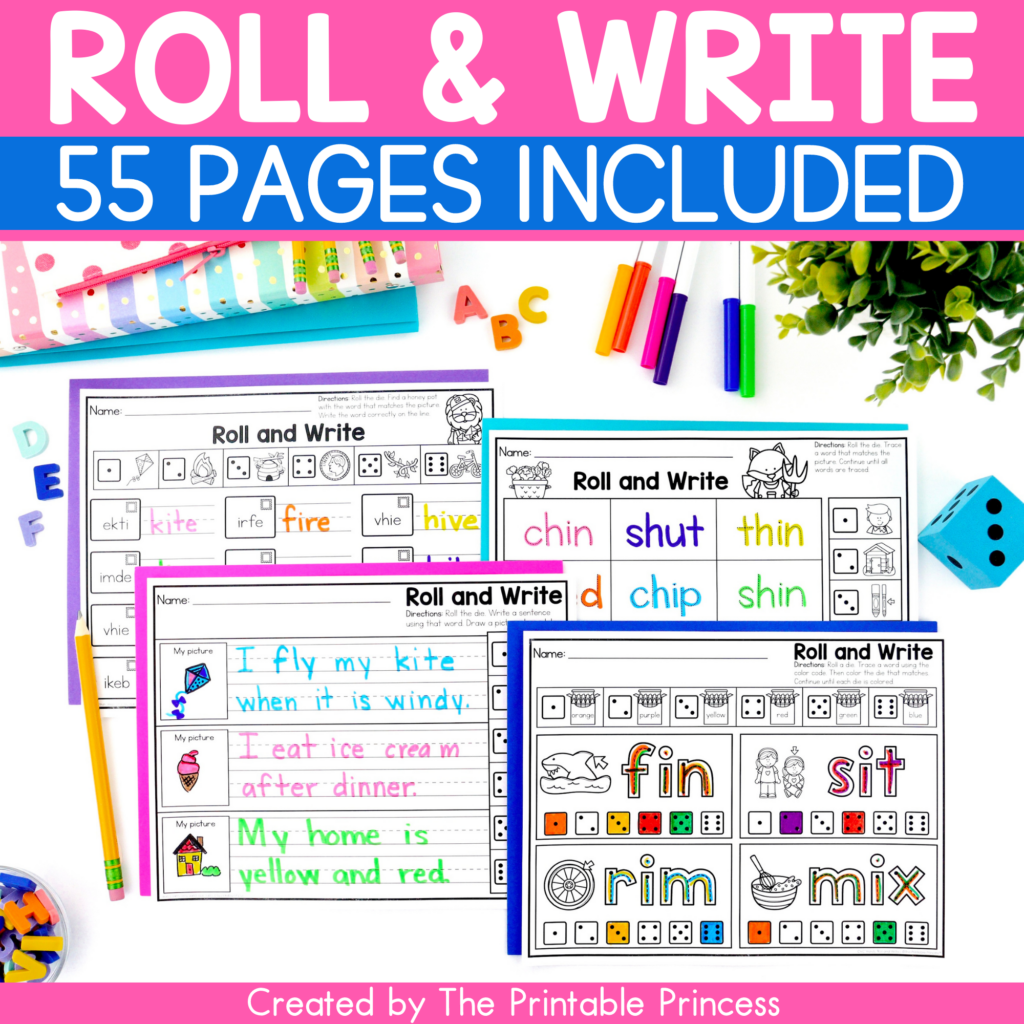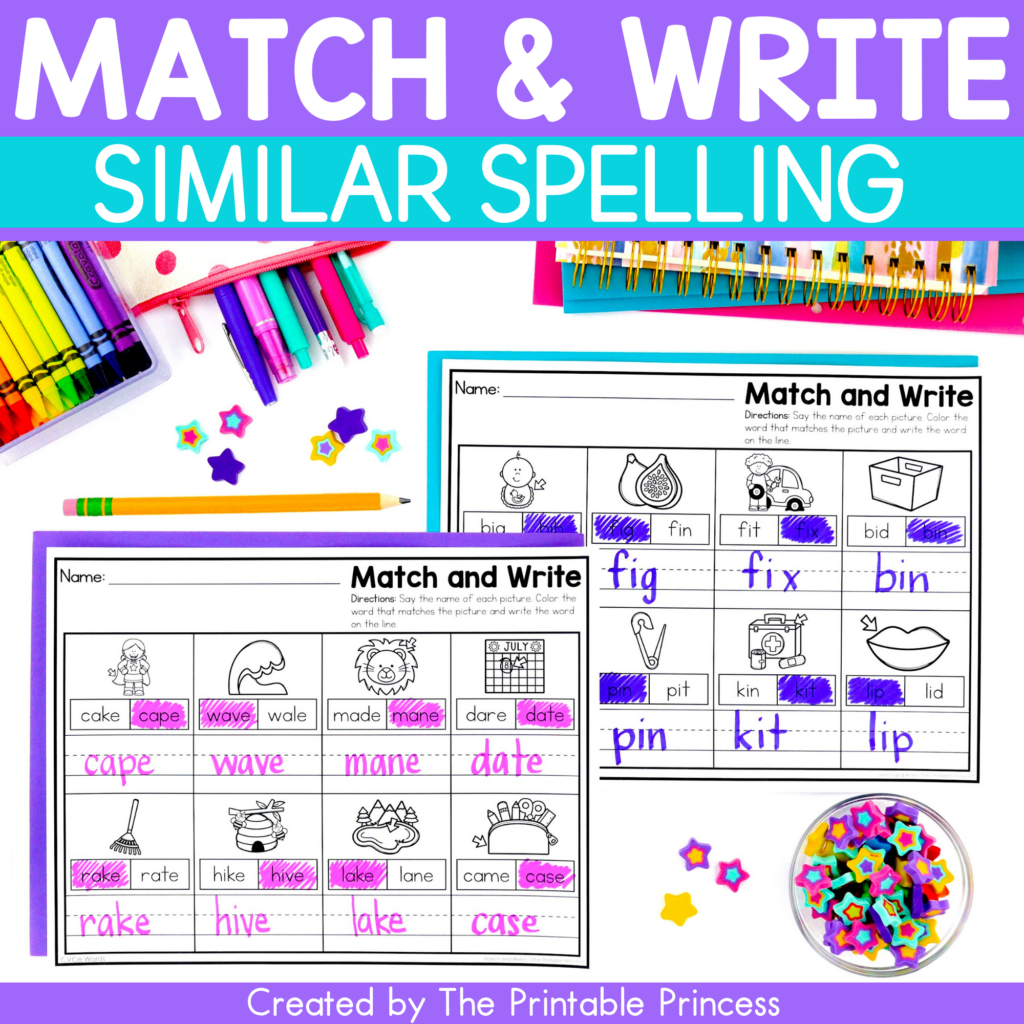Classroom Management without Yelling
Having classroom management without yelling may seem like no easy task. In reality, some days kids push buttons and our emotions just get the best of us. After all, we’re only human (contrary to popular belief)!
But yelling at students in the heat of the moment is a no-win situation- it upsets your kids, makes you feel terrible and it just doesn’t work.
As teachers, we would never in a million years dream of physically harming our students, but research shows that yelling can lead to emotional harm. In fact, a recent article in the New York Times cites a 2014 study that reports, “Yelling produces results similar to physical punishment in children: increased levels of anxiety, stress and depression along with an increase in behavioral problems.”
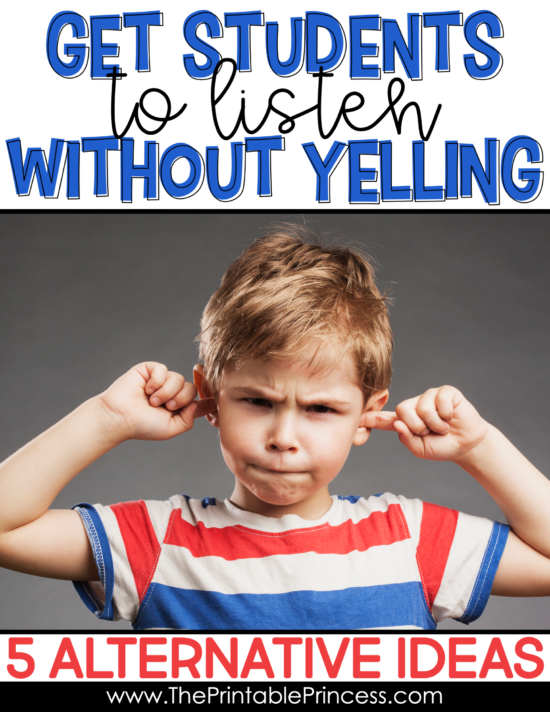
We spend a lot of time with the children in our classroom and our words (and the tone we use) have so much power to build them up or tear them down. Here are some solid reasons to silence the yelling plus a few tips to help you have classroom management without yelling.
Why you shouldn't yell:
1. It’s scary.
Above all else, young children crave safety. And yelling provokes fear and anxiety instead of trust (even if you’re not the kid getting yelled at). I can still vividly remember that terrifying “frozen in your tracks, shaking in your boots” feeling as a child whenever a grown-up yelled. Memories like that make a deep imprint.
2. It’s terrible role modeling.
One of the most important part of our job is to teach kids how to handle conflict, and that includes modeling appropriate conflict resolution skills. Yelling at kids is hardly an example of healthy, effective stress management.
Yelling is an aggressive and intimidating tactic, and one we would never tolerate between students. It’s our responsibility to find ways to use frustrating situations as teachable moments so our students can learn strategies that work.
3. It undermines your professionalism.
Yelling is a poor classroom management technique. It’s a sign that your students have hijacked the classroom and you as an instructor have lost control. Simply put, it just makes you look bad.
Conduct yourself in the classroom as if you were being observed at all times. Stop and think- what if there was a parent or administrator in the room? Would you allow yourself to lose control in that way? Or would you try other techniques until you managed the situation successfully?
4. It doesn’t work.
Children only do what you say when you yell at them because they’re scared, or at the very least uncomfortable, and they want the yelling to stop. Yelling doesn’t actually help students learn to make decisions that promote long term changes in their behavior.
In fact, the more you do it the less effective it is. Once yelling becomes the norm, students learn to either tune out or shut down. And it can actually start a vicious cycle by teaching them that you only mean business if you’re yelling.
5. Most importantly, it damages relationships.
Endless research shows that building relationships with your students is the key to successful classroom management. Yelling at your students drives a wedge in that process. When students feel the sting of a harsh outburst, it makes them wary of trusting that you have their best interests at heart.

So what do you do if you find yourself on the verge of losing it?
A few tips to help you have classroom management without yelling:
1. Take a moment.
Part of having classroom management without yelling is to stop it before it starts. When you feel your blood starting to boil – stop, close your eyes for a few seconds and take a deep breath. Think before you speak. This technique is a great way to calm down instead of reacting. It's okay to take a moment to pause. Plus your students may learn to recognize it as a sign that you're approaching the end of your rope and quickly encourage each other to shape up.
2. Put the situation in perspective.
Yes, having to ask your students twenty five times to put away their science notebooks is frustrating, but is it really the end of the world? Try not to take your students’ misbehavior personally. Switch into professional mode and try a new tactic to regain control. Assign a class job and put it on the responsibility of the student to put away supplies or to lead their table-mates.
3. Get closer.
If you find that one or two students are causing a disruption or are acting as ringleaders, don’t talk across the room at them. Physically move your body to where they are, crouch down to their level, make direct eye contact and speak quietly to stop the offending behavior.
4. Use something other than your voice.
There are lots of great techniques for quieting a noisy classroom that don’t involve your vocal cords. Try ringing a bell or a doorbell, playing music, clapping your hands, or turning over a rainstick. Train your students to recognize the sound as a signal to turn off their voices and turn their attention to you.
5. Put off teachable moments until later.
Regain control of the classroom first, then revisit the issue later, after everyone has calmed down. A long preachy tirade in the heat of the moment won’t do anyone any good. Pick a better time to lead a class discussion about the situation and turn it into a teachable moment.
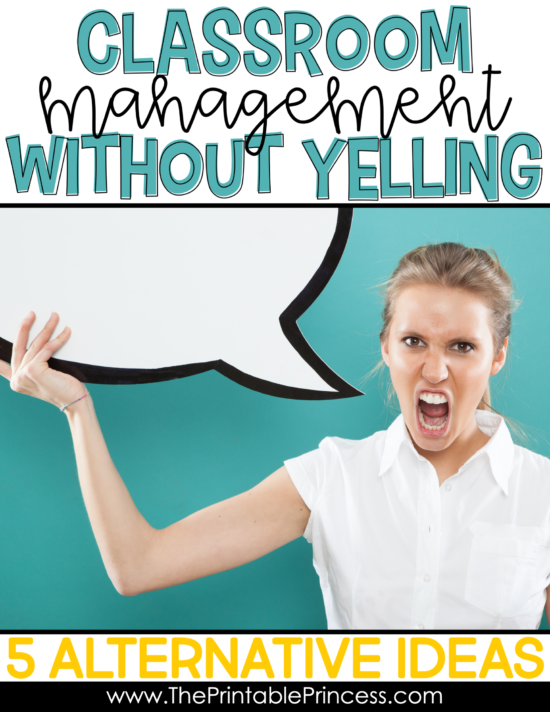
Sometimes, despite our best efforts, yelling happens. There's not a teacher alive who hasn't let loose on their students at least once or twice! While we all strive to have classroom management without yelling, it happens. Don't be too hard on yourself if it does happens to you.
It's the aftermath of the situation that matters most. Go back and make amends with your students. Own up to it and apologize. The truth is, kids are pretty forgiving and they'll most likely let you off the hook and learn a valuable lesson that yes, teachers are human too!

